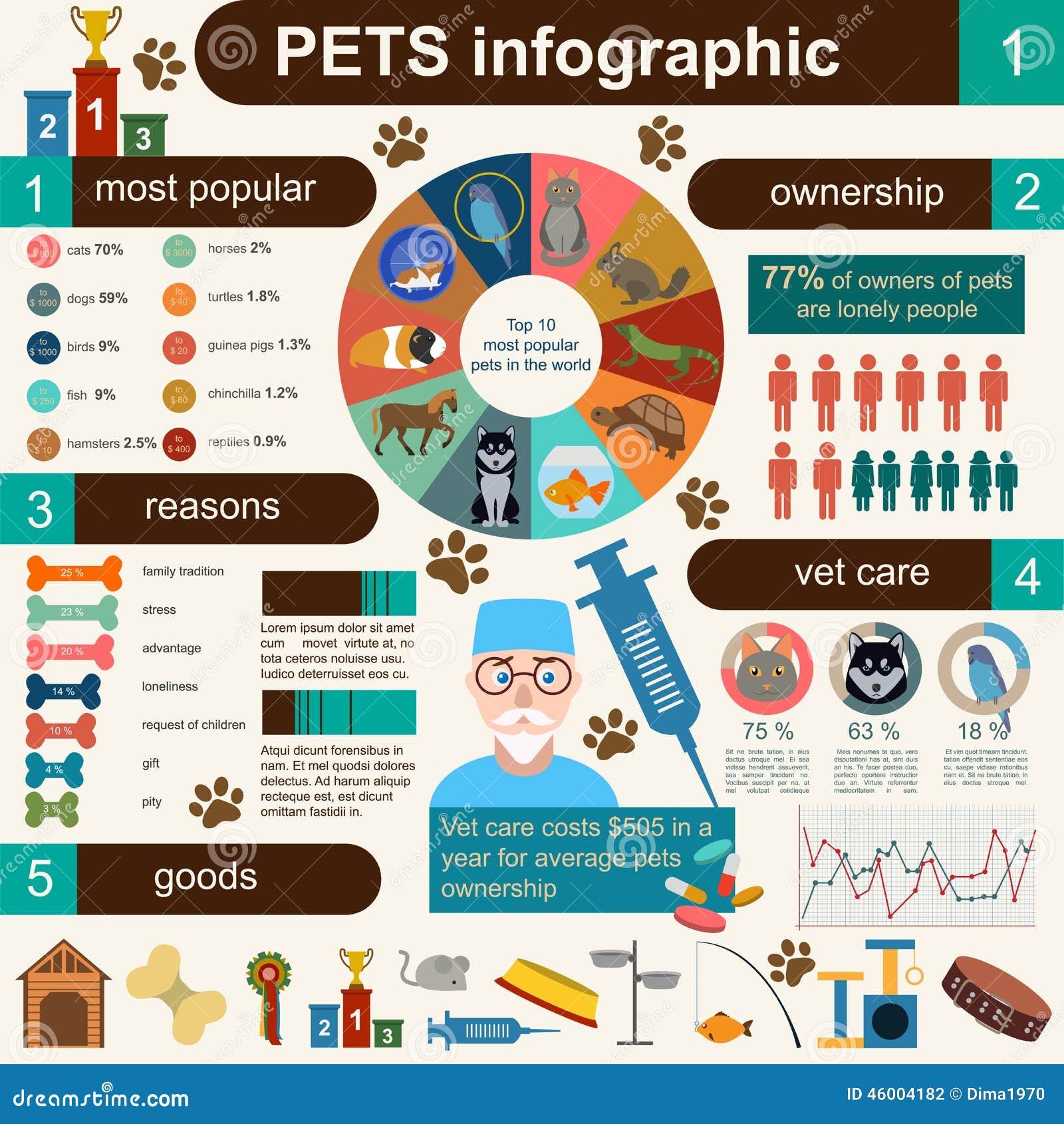How Dog Daycare Helps Socialization
How Dog Daycare Helps Socialization
Blog Article
Is Pet Dog Daycare Stressful?
Lots of pet dogs enjoy childcare and are happy to be with their fur siblings all the time. Nevertheless, for some dogs it can be difficult.
Look for a center with licensed instructors and behaviorists that get on the floor whatsoever times, watching over the team play. This is especially vital for pets that are reactive, exhibit resource securing or come to be antisocial or compulsive.
1. Overcrowding
For many dogs, childcare is a favorable experience that offers physical and mental exercise to burn pencil up energy. However, the increase of brand-new pet dogs, smells and environments can be overwhelming for some pets.
Pets must be paired with other dogs that are comparable in size, age, socialization and play design to make sure security and avoid overstimulation. However, congestion is common at dog childcares and can trigger personality clashes and harassing that cause injuries.
Ask what safety measures the facility requires to keep your dog secure. For instance, is there an exterior area for canines to escape the groups? Does the facility have regular breaks for your dog to soothe their nerves? Ask what kind of emergency treatment and CPR training employees have and if they know with carrying out medicine to your canine. Additionally, it is necessary to make certain your canine's food and medications remain in a labeled bag that daycare personnel can promptly access.
2. Modifications in routine
Completion of summer season is coming and with it comes huge changes as children return to institution and people go back to their job timetables. This can be demanding for your pup. They'll miss all the hiking and playtime you do together and might begin to really feel bored. Their habits could transform also, such as excessive barking or damaging behaviors.
Canines like regular, so an abrupt change in their day-to-day routine can trigger them anxiety. Make certain to prepare in advance and progressively modify your feeding and stroll times in the weeks leading up to back-to-school. This will certainly aid your pet accommodate to their brand-new timetable and reduce any unwanted behavior.
Childcare is a superb means for canines to get plenty of physical and psychological workout, particularly if they are young or energetic. They additionally get socialization experiences that will construct self-confidence and good behaviors, which can help them cope with the anxiousness they may experience from things like journeys to the veterinarian, check outs to your home or office and various other demanding events.
3. Separation anxiety
The drop off and grab process can be a bit demanding for pet dogs, especially when it's the first time. Numerous dog childcares provide a consistent daily timetable, and in time this aids pet dogs really feel comfy dog board and train near me and safe and secure while they're away from their proprietors.
Structured play, structured pause and normal snack times all aid pet dogs establish a feeling of experience and predictability. This, combined with favorable reinforcement, helps alleviate separation anxiousness signs.
Socialization additionally keeps dogs literally and mentally busy, which can make them less responsive to stressors when they're home. This, in addition to positive support, helps to lower stress and anxiety and rise self-worth.
4. Without supervision play
Canines that are not socialized routinely can come to be anti-social-- this is frequently viewed as canine aggressiveness. This can happen also in a well-managed daycare setting, so make certain to enjoy the pet dogs meticulously. Seek a proportion of 11 or much less pets to flooring individuals. Personnel ought to be playing and engaging with the pet dogs, not resting at their desks or looking at their phones.
The facility must have a quiet location where the dogs can unwind and reenergize between play sessions. This is particularly important for high-energy types that require to burn off additional power or low-energy older dogs.
Ask the personnel what they do to maintain the dogs soothe. They need to use favorable support (praise, stroking, play) and never utilize physical penalty or aversives. They need to also be trained in family pet emergency treatment and CPR. Finally, the center needs to have an effective procedure for feeding times to stop food aggressiveness.